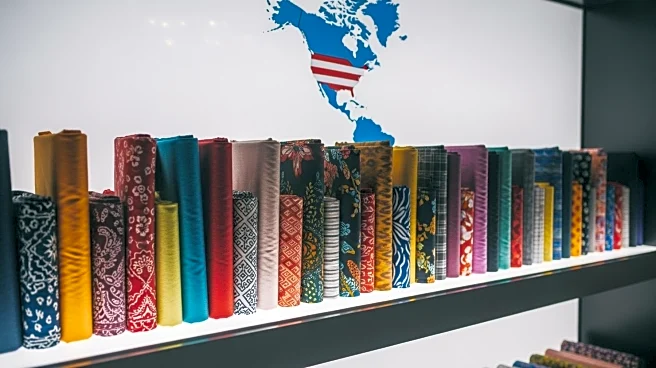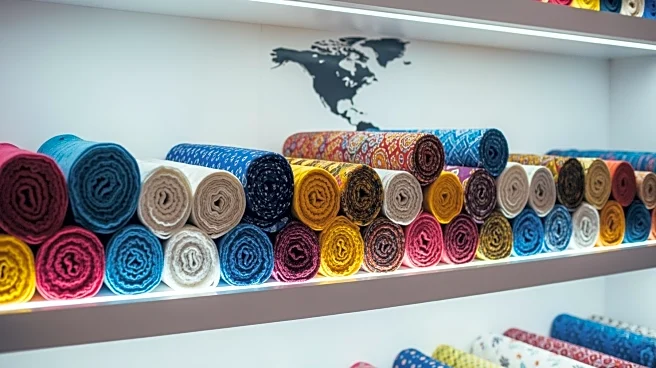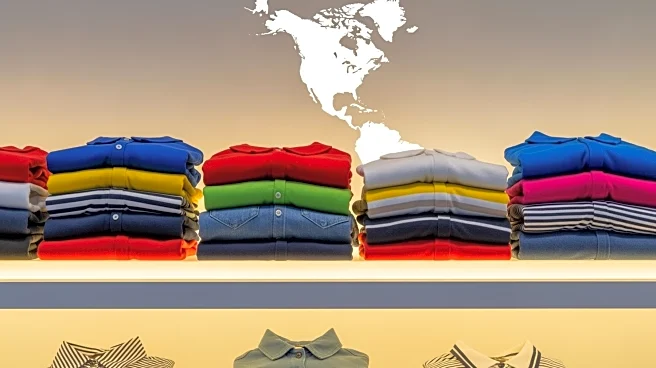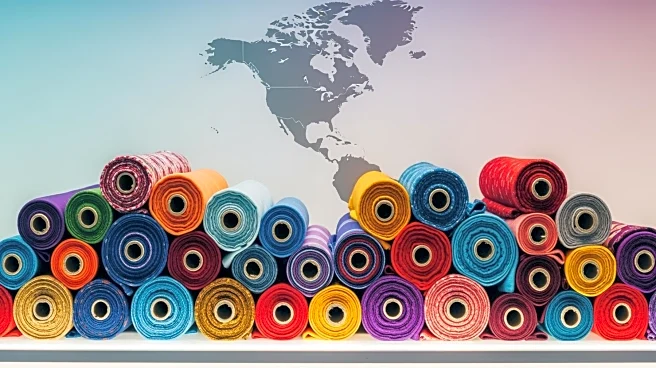What's Happening?
Indonesia's apparel exports have reached $5 billion during the January-July period, marking a significant increase from the previous year. This growth is driven by improved consumer sentiment in the U.S.,
restocking activities by major retailers, and a rebound in fashion retail spending. North America is the leading destination for these exports, accounting for a substantial portion of the total. The Asia-Pacific region and Europe also contribute to the export figures, though shipments to other regions remain limited due to high logistics costs and restricted trade agreements.
Why It's Important?
The increase in Indonesia's apparel exports underscores the country's growing role in the global textile industry. As North America leads in demand, this trend highlights the interconnectedness of global markets and the impact of consumer behavior on international trade. The reliance on key markets like North America and Asia-Pacific suggests potential vulnerabilities, as shifts in economic conditions or trade policies could affect export stability. This growth also reflects broader economic trends, where developing countries are increasingly becoming major players in global supply chains.
What's Next?
Indonesia may seek to diversify its export base to reduce dependency on specific regions and mitigate risks associated with economic fluctuations. Efforts to establish more trade agreements and improve logistics could expand market reach to regions like the Middle East and Africa. Additionally, the country might invest in enhancing production capabilities and sustainability practices to maintain competitiveness in the global apparel market.
Beyond the Headlines
The focus on North America and Asia-Pacific for apparel exports highlights the strategic importance of these regions in global trade. This reliance may prompt Indonesia to explore new markets and innovate in product offerings to cater to diverse consumer preferences. The growth in exports also raises questions about labor practices and environmental impacts, urging stakeholders to consider ethical and sustainable approaches in production.












